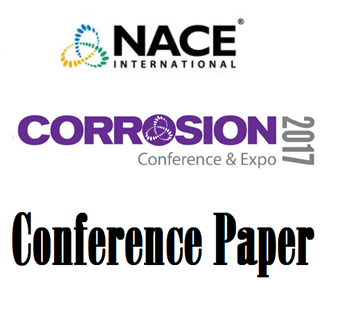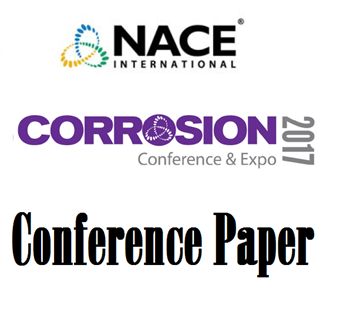Search
Products tagged with 'insulation'
View as
Sort by
Display
per page
CUI Assessment Near Insulation Support Rings Using Pulsed Eddy Currents
Product Number:
51323-19031-SG
Publication Date:
2023
$20.00
Cyclic CUI Testing of Insulation Materials
Product Number:
51317--8877-SG
ISBN:
8877 2017 CP
Publication Date:
2017
$20.00
Detection And Location Of Coating Defects And Disbondments On Buried Pipelines With Differential Reflectometry Mapping
Product Number:
51322-18065-SG
Publication Date:
2022
$20.00
Determination of Activation Energies for Nuclear Electrical Cable Insulation Using Density and Total Color Difference
Product Number:
ED22-17336-SG
Publication Date:
2022
$20.00
Evaluation Of Specific Energy Absorption Rate In Aged EPR-Insulated Cables Using Finite Element Analysis
Product Number:
ED22-17312-SG
Publication Date:
2022
$20.00
Forensic Investigation of Corrosion under Insulation from Rust Scale Sample
Product Number:
51324-20890-SG
Publication Date:
2024
$40.00
Liquid Applied Insulation Coatings: From the Lab to the Field
Product Number:
51217-029-SG
Publication Date:
2017
$20.00
Modelling of Corrosion Under Insulation in Oil Sands
Product Number:
51323-19209-SG
Publication Date:
2023
$20.00
Moisture Management In Thermal Insulations For In-Service And Out Of Service Pipelines
Product Number:
51322-17594-SG
Publication Date:
2022
$20.00
New Development in Thermal Insulation Coatings
Product Number:
51324-21011-SG
Publication Date:
2024
$40.00
Performance of Next Generation CUI Mitigation Systems
Product Number:
51317--9331-SG
ISBN:
9331 2017 CP
Publication Date:
2017
$20.00
Pitfalls in the Typical RBI Methodology for CUI Management Programs
Product Number:
51324-20894-SG
Publication Date:
2024
$40.00












